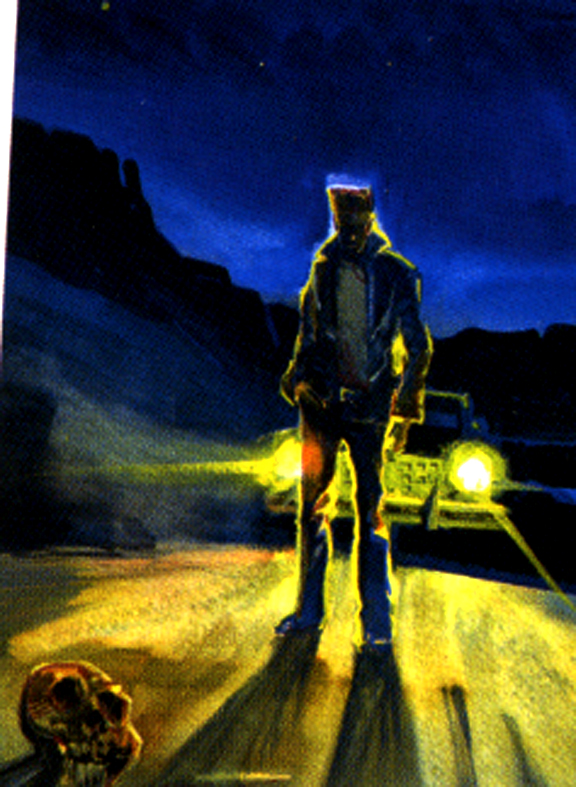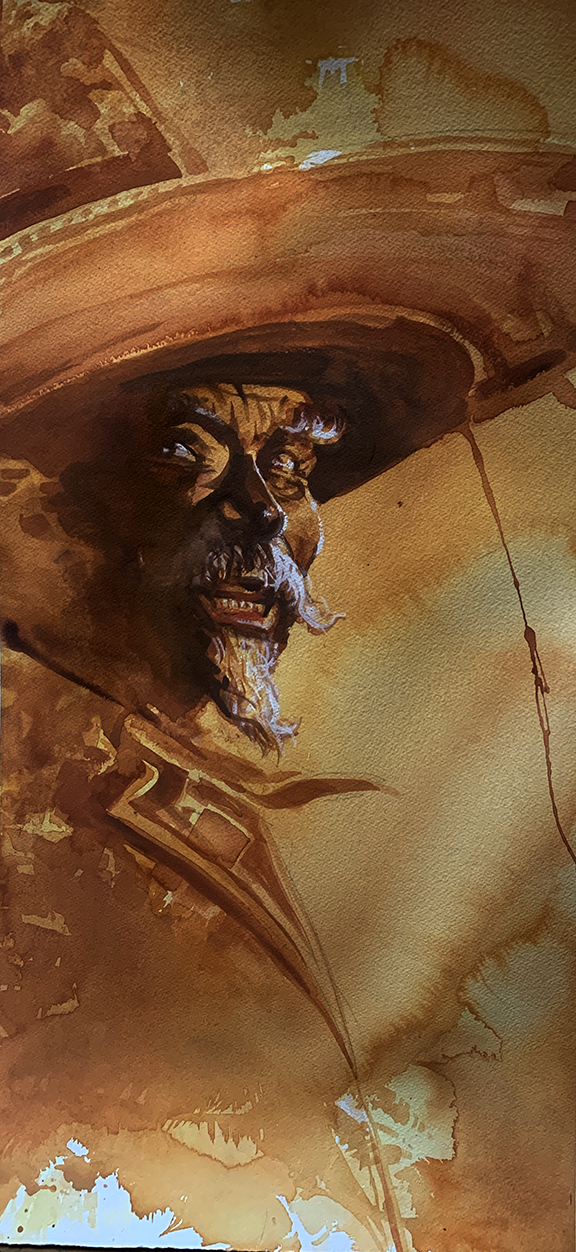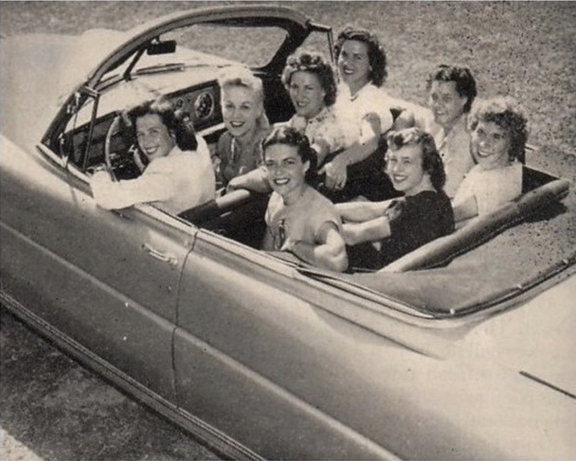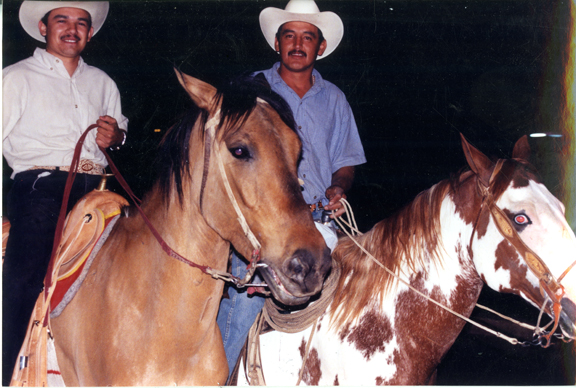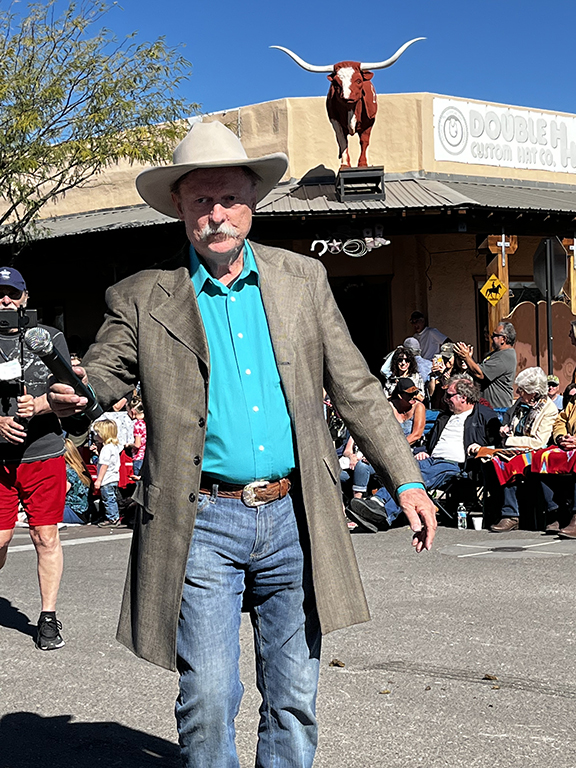February 22, 2022
Today is a palindrome AND an ambigram
The date will read the same from left to right, from right to left AND upside down! Which is called an ambigram. Crazy.
I have been studying good storytelling techniques and that search led me to this.
The Good-For-Nothing
When you're a little boy and Dad calls you "good-for-nothing" it's just got to hurt.
That's just what Guiseppe's Papa called him. . .good-for-nothing. Little Guiseppe good-for-nothing.
And he wasn't joking!
For papa came from a family. of fishermen. Three hundred years the men in his family had been fishermen in Sicily. And Papa himself was a fisherman.
When he first came to America, he worked on the railroad until he'd saved enough money to send for his wife. Then he headed straight for San Francisco, to Fisherman's Wharf. . .to become a fisherman again. . .to perpetuate the family tradition.
Eventually, Papa and Mama had nine children. And you can imagine that all of the boys got their sea legs early. . .began helping Papa out on his fishing boat from the time they learned to walk.
All of them, that is, except Guiseppe.
Guiseppe didn't want to.
"What do you mean, you don't want to!" demanded Papa.
Guiseppe explained that the rocking of the small boat and the smell of fish made him ill. It wasn't that he didn't want to help out; fish just didn't agree with him, that's all.
That wasn't good enough for Papa. As far as Papa was concerned, Guiseppe was good for nothing. The boy had come from a long line of fishermen and there was no reason in the world for the profession to disagree with. him. Guiseppe was never too sick to go out and play with friends. Why, then, did it make him sick to help his Papa?
Not why but what happened then is the rest of the story.
Disturbed by his father's criticism, young Guiseppe tried very hard to adapt to the family business. The rocking of the boat and the smell of the fish still bothered him, so he turned to other tasks, such as sealing the boat and repairing the nets. But as hard as he'd try to remain unaffected, the fish smell was still in the gear and made his already sensitive stomach even more queasy.
Guiseppe quit.
He went out and odd-jobbed wherever he could. Errand boy. Newspaper boy. Sometimes he even pulled down a dollar a day. It wasn't pocket money; it was table money. Every cent Guiseppe earned, he turned over to the household for food and clothing.
You'd think Papa would be proud of his son, but to Papa young Guiseppe was just being lazy. Odd jobs were lazy jobs, according to him. Real work was helping Papa on the fishing boat.
This weighed pretty heavily on the lad. He started hiding under the bed when Papa came looking for him. Or, he ran off to play sports with his friends when he knew Papa was about to call him to the fishing boat.
Tennis was especially interesting to him, watching the older boys play. He knew that tennis champs Maurice McLaughlin and Bill Johnston came from San Francisco, and he wanted to be like them.
But the tennis passion didn't last long, and for the first time Guiseppe began to believe his Dad. Perhaps he was a lazy good-for-nothing who couldn't even stay interested in a sport. Maybe he never would amount to anything.
That's the way Guiseppe saw it back then. Everything just seemed sort of gloomy and hopeless.
But as it turned out, Guiseppe one day became the most successful member of his family!
Oh, he didn't go back to fishing. Despite his ancestry, Guiseppe just wasn't cut out to be a fisherman. Or a tennis player, for that matter.
When Guiseppe finally found something that interested him sufficiently to stay with it, his passion for it was so great that two of his brothers quit fishing and joined him!
You've heard of Guiseppe by his American first name. Everyone else has, I guess, and that great big world beyond Fisherman's Wharf won't forget the fisherman they lost.
Neither will they forget the boy who forgot about tennis only to enter the world of sports and turn it upside-down.
For if that young man hadn't been too seasick to join the family business, he would have left a vacancy in baseball's Hall of Fame too great to fill. . .
Guiseppe. . .Joe. . .DiMaggio.
—Paul Harvey, The Rest of The Story
An Earthquake Interview That Jolted Away
I actually ran into Guiseppe near Fisherman's Wharf in 1989. As part of the Jones, Boze & Jeanne radio morning show on KSLX (100.7 FM) in Scottsdale, we, along with all the other radio stations in Phoenix, did a relief fund event at Colonade Mall for the earthquake that hit San Francisco during the World Series in October of that year. After the event, television station Channel 3 flew a whole planeload of reporters, including myself (I was the "News Director" at the station) to San Fran and we were taxied into town and over to the hardest hit quake zone to cover it. On the trip over I fell in with another crazy radio guy, Tim Hattrick (Y-95), and we roamed the area looking for people to interview and have fun with. Well, we found a whale of a person to interview but we didn't approach him. A Channel 3 photogrpaher took this photo of Tim and I, as we watched, in awe, as Joe DiMaggio came out of a condo—with two bodyguards—and got into a Lincoln Town Car and drove off.
Now, we were both radio hams and we were both notorious for being obnoxious with strangers, but the two of us stood across the street and said nothing. In fact, we even looked down, as a sign of respect, so as not to upset the legendary Joltin' Joe.
"Where have you gone Joe DiMaggio, our nation turns its lonely eyes to you. . ."
—Paul Simon, "Mrs. Robinson"







